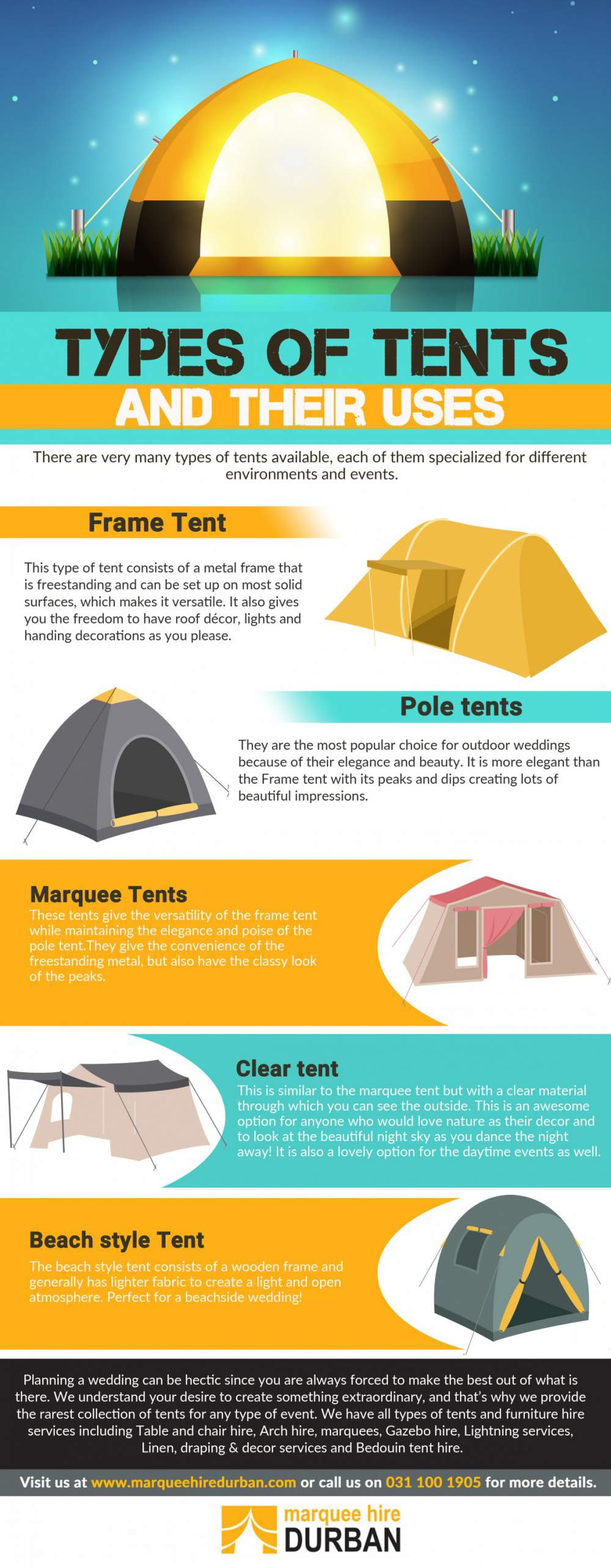As sustainable design becomes significantly popular, natural building products are reclaiming importance. All-natural insulation alternatives like down, cork and Havelock wool supply a wide range of advantages, including exceptional warmth-to-weight ratios, water resistance and compressibility.
However, their sustainability relies on the resource of raw materials and how they are refined. Some synthetic parts dropped microplastics throughout building and are difficult to reuse, contributing to garbage dump waste and air pollution.
Cost
When it involves insulating garments and sleeping bags, cost is often a leading consideration. While all-natural materials assure lower discharges and biodegradability, synthetic insulation uses unmatched longevity and performance for much less.
Developed to resemble the insulating properties of down, synthetic insulation is composed of high-loft collections of polyester. Typical brand names consist of Thinsulate, PrimaLoft and Climashield. These are also breathable and can be compressed to size for smaller sized packs. However, they do not carry out also in wet problems.
A loved one newcomer to the eco-insulation market, Icynene spray foam is a powerful air sealer that increases 100x its original volume in wall surface and roof tooth cavities. It can be splashed on wall surfaces, floorings and attic rooms and is perfect for retrofits. It's made mostly from recycled paper items and treated with fire retardants.
Resilience
The sturdiness of insulation products can have a large impact on the total sustainability of a structure. It can influence life cycle discharges, energy usage and upkeep demands. All-natural products can stand up to climate wear and ecological stress and often need less upkeep than artificial choices.
As an example, ThermaCork increased cork and Havelock woollen are durable, eco-friendly insulation solutions that provide a vast array of advantages. They additionally supply an even more sustainable structure option to standard fiberglass and foam insulation. They can supply remarkable fire resistance, acoustic efficiency and add to much better indoor air high quality.
Synthetic insulation is generally made from polyester, which can be either raw or recycled. It's engineered to imitate down's lofty tendril structure, capturing cozy air for insulation. Nonetheless, it does not press in addition to down and can lose its insulating power when wet. In the last few years, though, researchers have had the ability to create artificial insulation that a lot more very closely matches the warmth-to-weight ratio of down while maintaining its protecting buildings in wet conditions.
Recyclability
The protecting products made use of in building construction have considerable effect on the setting. This is due to both their production phase (using non-renewable raw materials and fossil energy intake) and their disposal phase. They also add to environment modification and cause health concerns in people who are revealed to them.
Natural insulation alternatives like ThermaCork increased cork and Havelock woollen can be reused, as well as sourced in your area to minimize transportation-related carbon discharges. They also have reduced symbolized carbon and some are even carbon-negative. In addition, they might be accredited by Cradle to Cradle or GREENGUARD for sustainable practices and reduced degrees of released contaminants.
An additional environment-friendly choice is wood fiber insulation. This cellulose insulation is made from recycled paper, cardboard, and various other waste materials. It can be treated with borate to keep fire resistance and water-resistant paraffin wax to prevent wetness infiltration. It has an R-value of 3.6 camping tent to 4.2 per inch and executes likewise to synthetic foam boards.
Sustainability
As even more home builders are seeking environmentally friendly insulation options, it is essential to understand the true ecological influence of these products. This includes their symbolized carbon, toxicity and breathability, along with exactly how they execute in different environments.
Natural insulation like cork, hemp and wool use a range of gain from renewable resources. They also decay naturally at the end of their life, which lowers garbage dump waste and air pollution. They usually likewise have lower symbolized carbon than artificial options and emit much less volatile natural substances during usage, which enhances interior air quality.
To locate an environmentally friendly insulation, seek third-party qualifications such as Cradle to Cradle or GREENGUARD Gold. These indicate that the insulation has actually been tested according to extensive ecological and health criteria. Additionally, try to find products that are made from recycled or upcycled materials to lower embodied energy. This can help in reducing the environmental impact of your task by sustaining regional economic situations and decreasing transportation-related exhausts.
